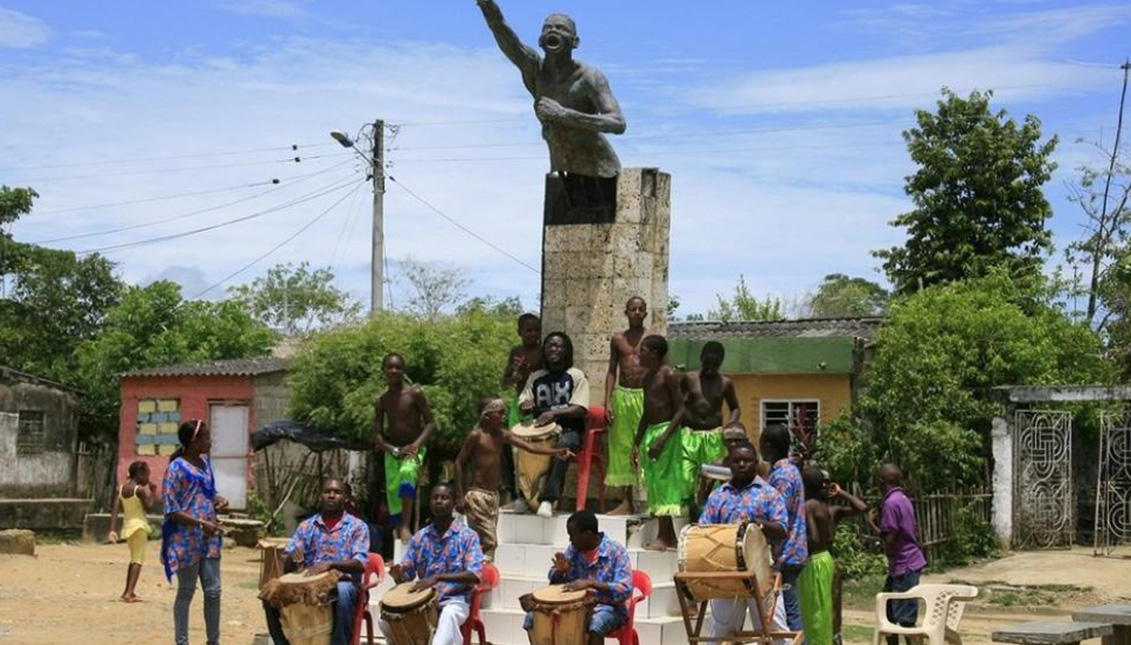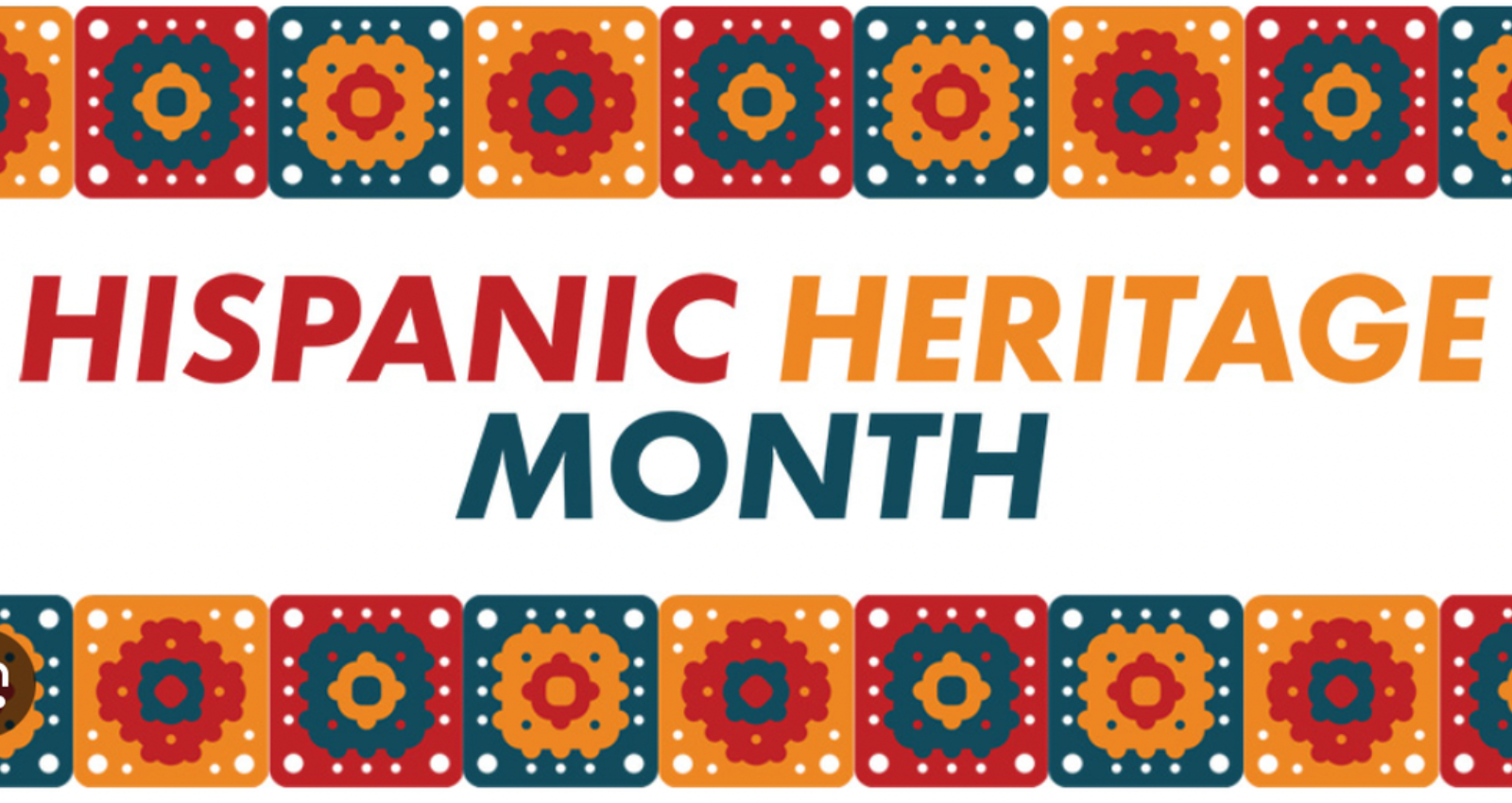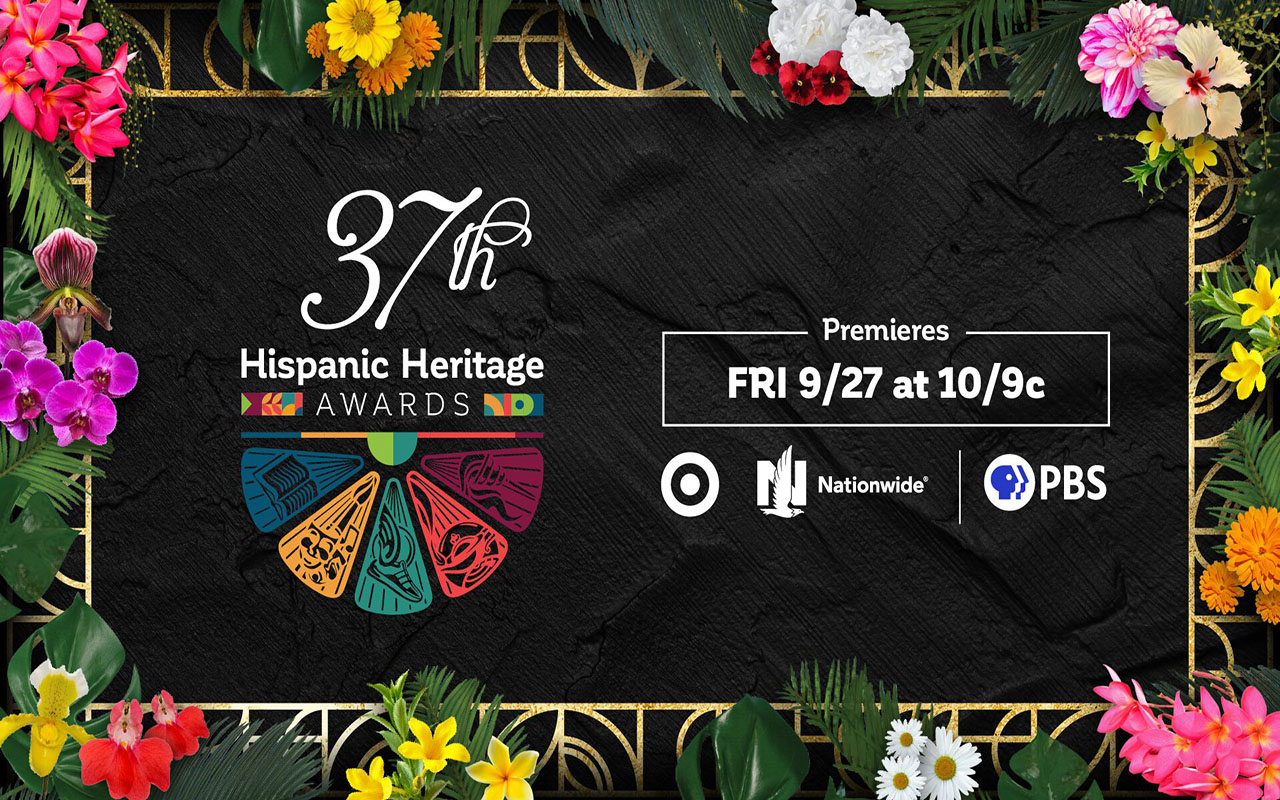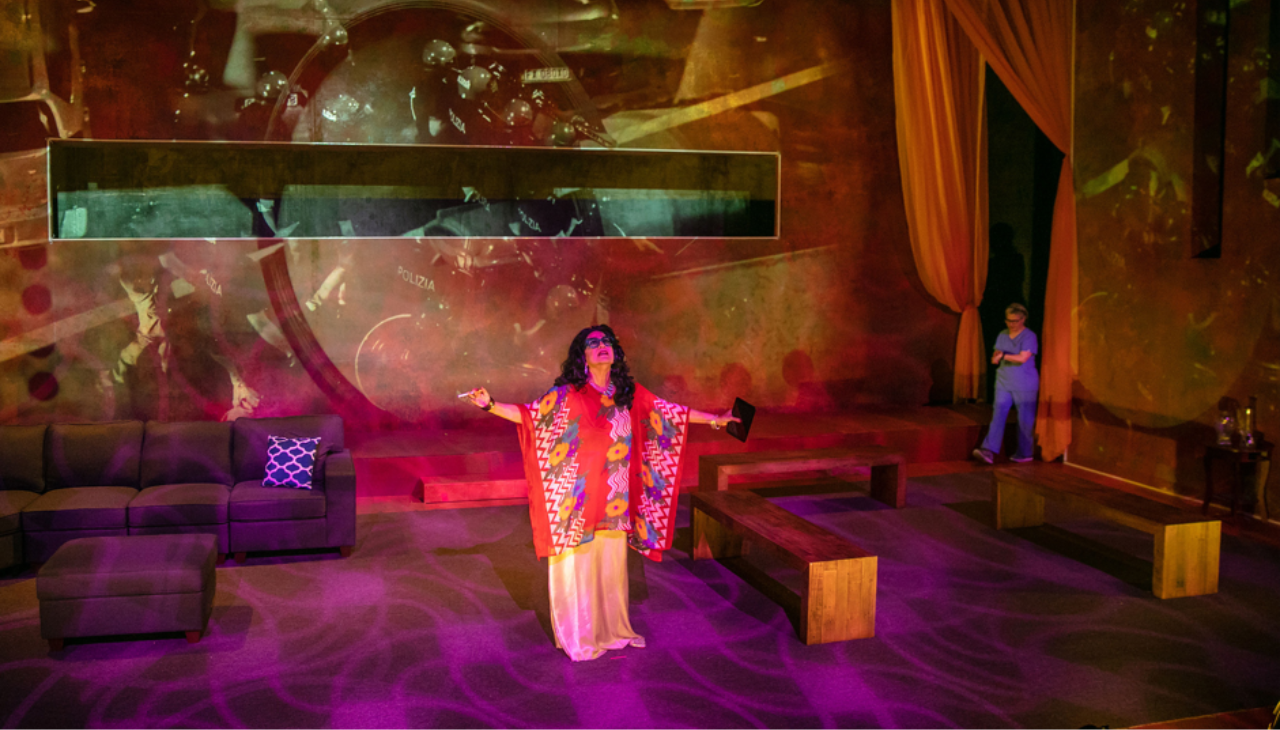
San Basilio de Palenque, the first free town in the Americas
The Afro-Latino community has the greatest symbol of the struggle against slavery in this small Colombian municipality.
About 50 kilometers from the tourist city of Cartagena, San Basilio de Palenque, in Mahates, is a tiny bastion that still maintains its ancestral rituals, its language, its music and even its own police force, the "Guardia Cimarrona", formed by members of the community. It's a heritage that has been preserved as a treasure since the time of colonization, when the Spanish Crown brought robust young men from the African continent to America to work as slave labor.
COVID's pandemic has prevented them from burying their loved ones according to their ancient funeral rites, but the same fighting spirit that has made them known as "America's first free people" lives on in every Palenquero. Two centuries before Colombia became independent from Spain, its ancestors began their own crusade against oppression and won it in the 17th century. They were a people made up entirely of Africans.
There is no citizen in San Basilio de Palenque who does not remember Benkos Biohó, because saying his name is the same as flying a flag. Biohó arrived as a slave in Colombia from what is now Guinea-Bissau, but he never felt that way. In 1599, after fleeing from both the Spanish and Portuguese, he went into the southwest of Cartagena and organized an army to fight against the oppressors and dominate the 'Montes de Maria,' the San Jacinto mountain range in the Colombian department of Bolívar.
RELATED CONTENT
Followed by his men, who had escaped like him from their masters, he founded a place called "palenque" in order to constitute a free community and in 1603, he confronted the Spaniards.
The war lasted three years. Benkos Biohó was hanged and quartered, becoming a martyr of the rebellion. Finally, in 1713, San Basilio de Palenque achieved its freedom through a peace agreement, establishing its own Maroon Guard - it was not until 2009 that it was called that - and laying some foundations carved in the hearts of the Palenque people. The first foundation was freedom.
Today, those who travel to Palenque have the feeling of being in another world, and young groups of musicians like Kombilesa Mi are working to ensure that Palenque, a unique language spoken in the community - a mixture of African dialects such as Bantu and Spanish - will continue to be spoken by future generations. It's a language that, according to anthropologists, still holds the secret of the African cosmogony where the dead, the living, and those who are neither one nor the other live together in harmony.
All this is despite the discrimination, racism and violence faced by the Palenqueros, who came to use other forms of communication when they were told that they spoke "bad Spanish." One mode used was their hair.
The women's braided hair, for example, drew "maps" that in slavery times served to remember the best escape routes or the places where they kept seeds. The drum, on the other hand, has always been a second beat for the Palenqueros. Today it resonates even louder.











LEAVE A COMMENT:
Join the discussion! Leave a comment.